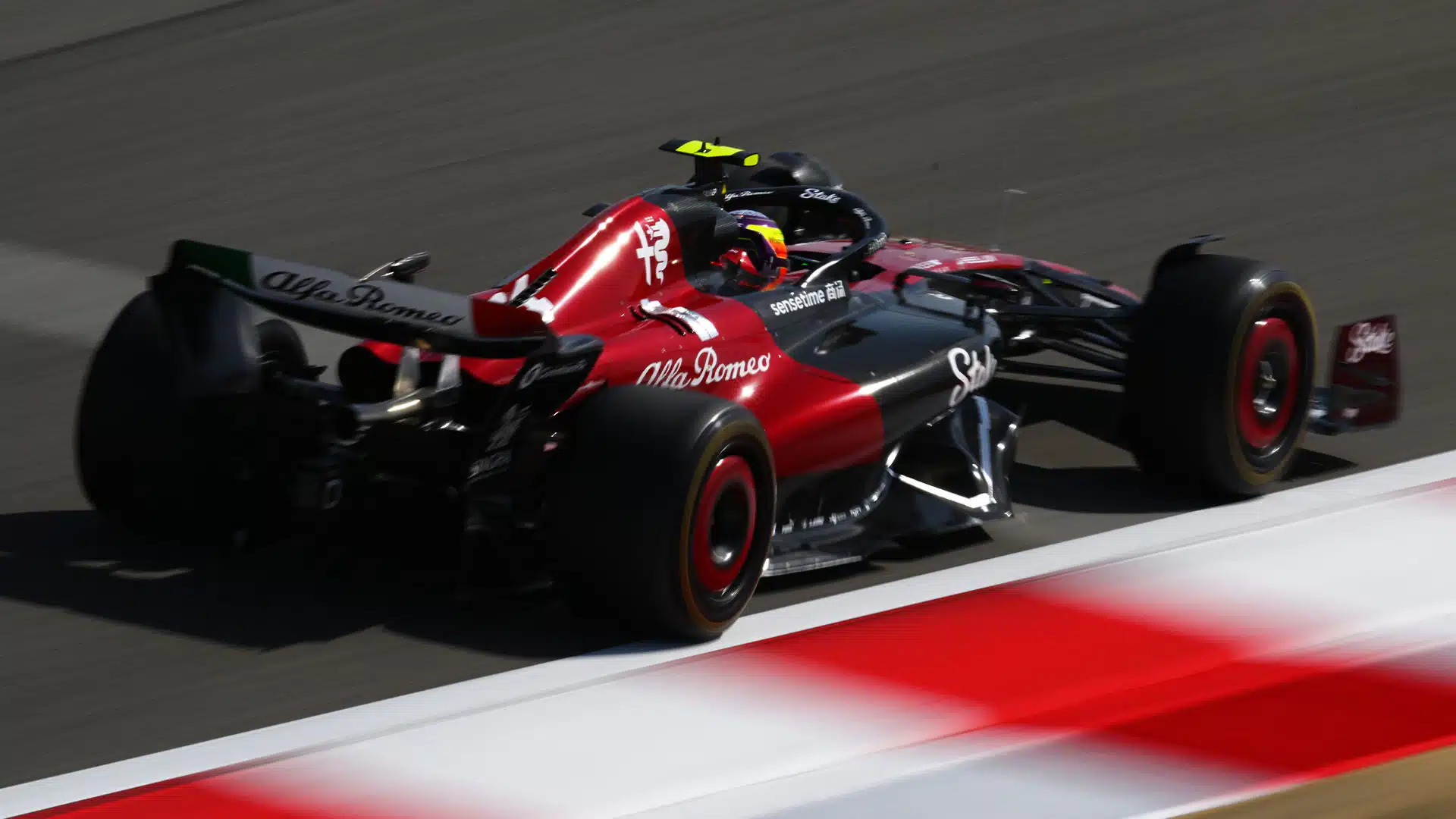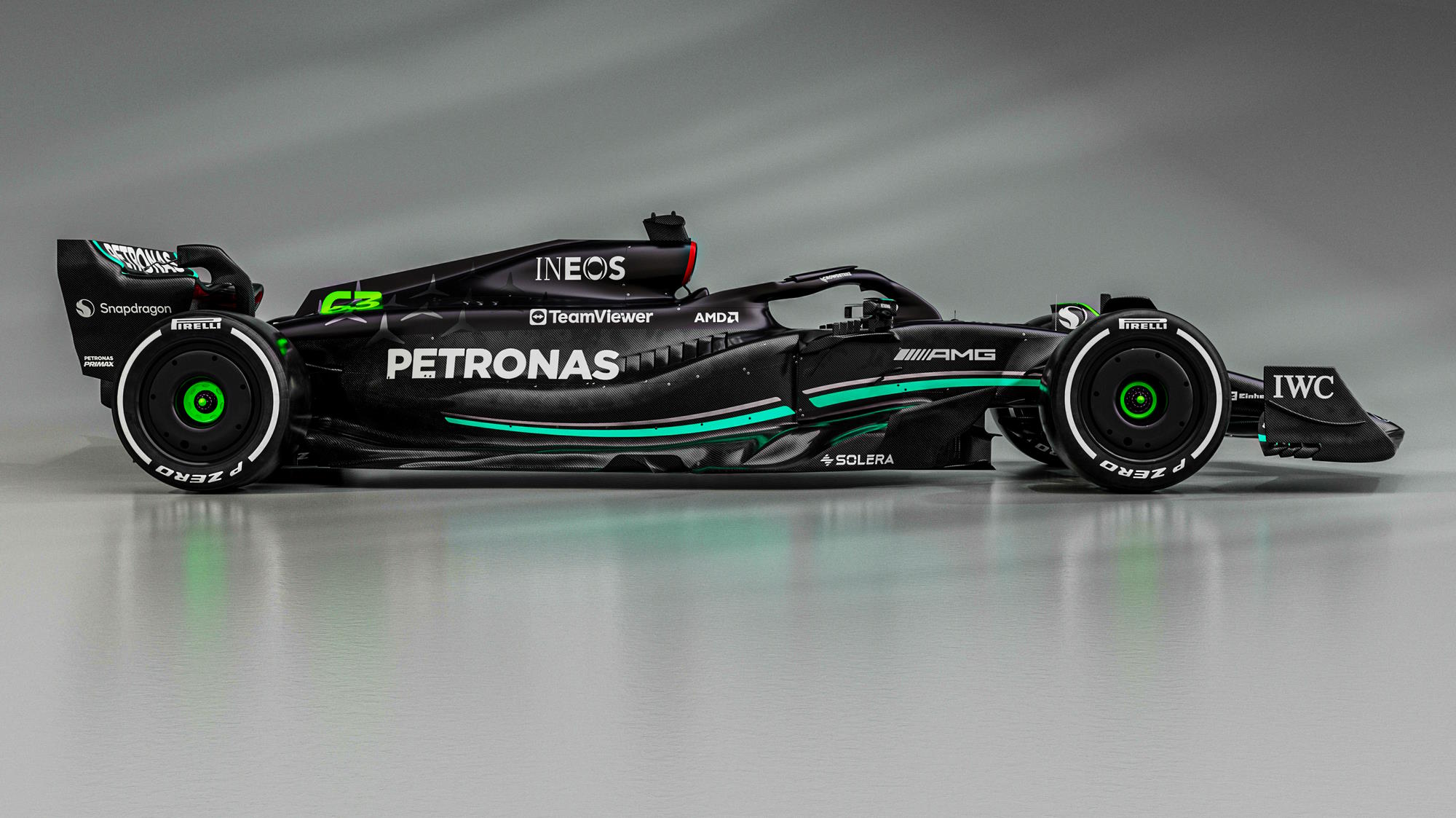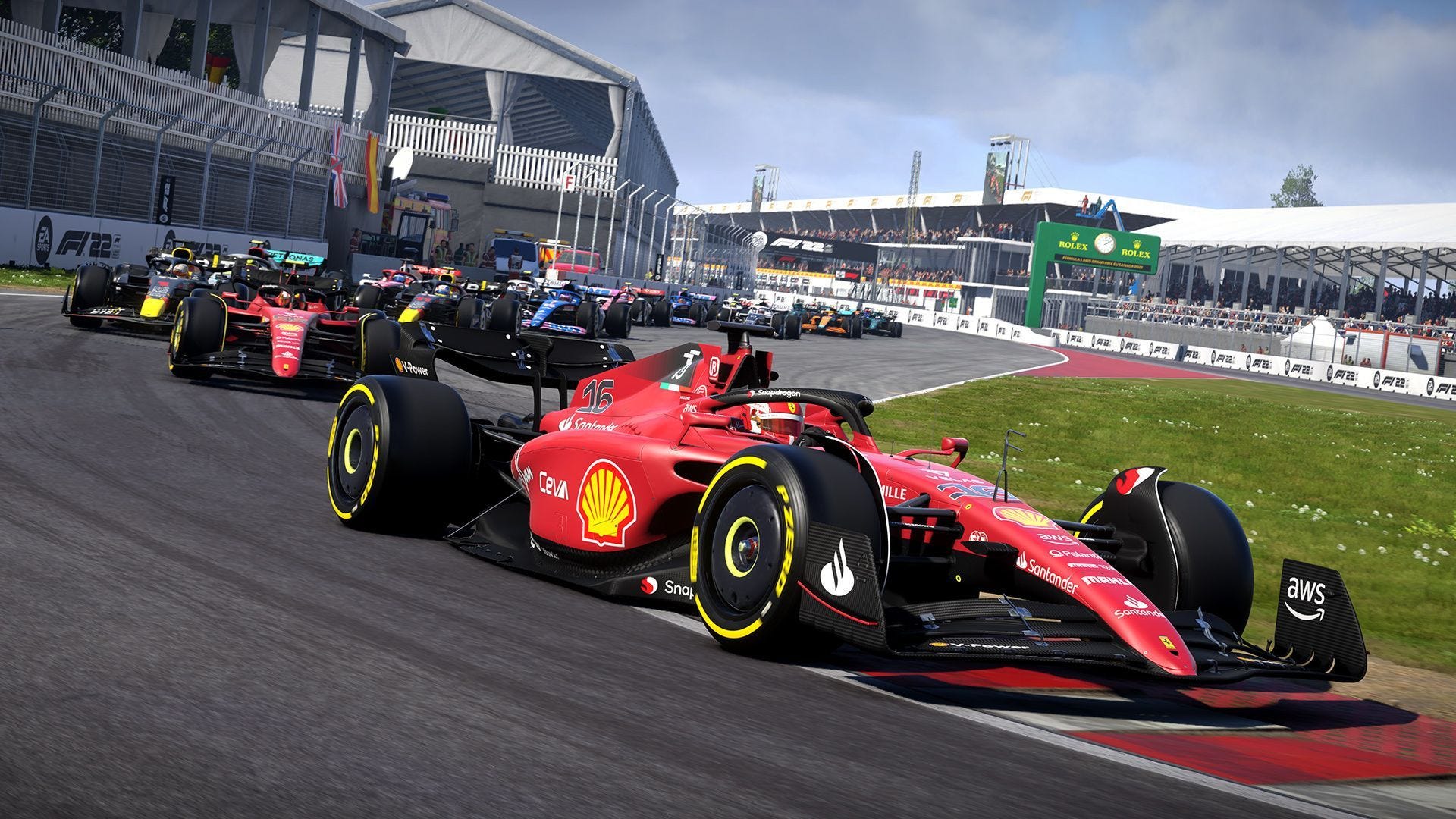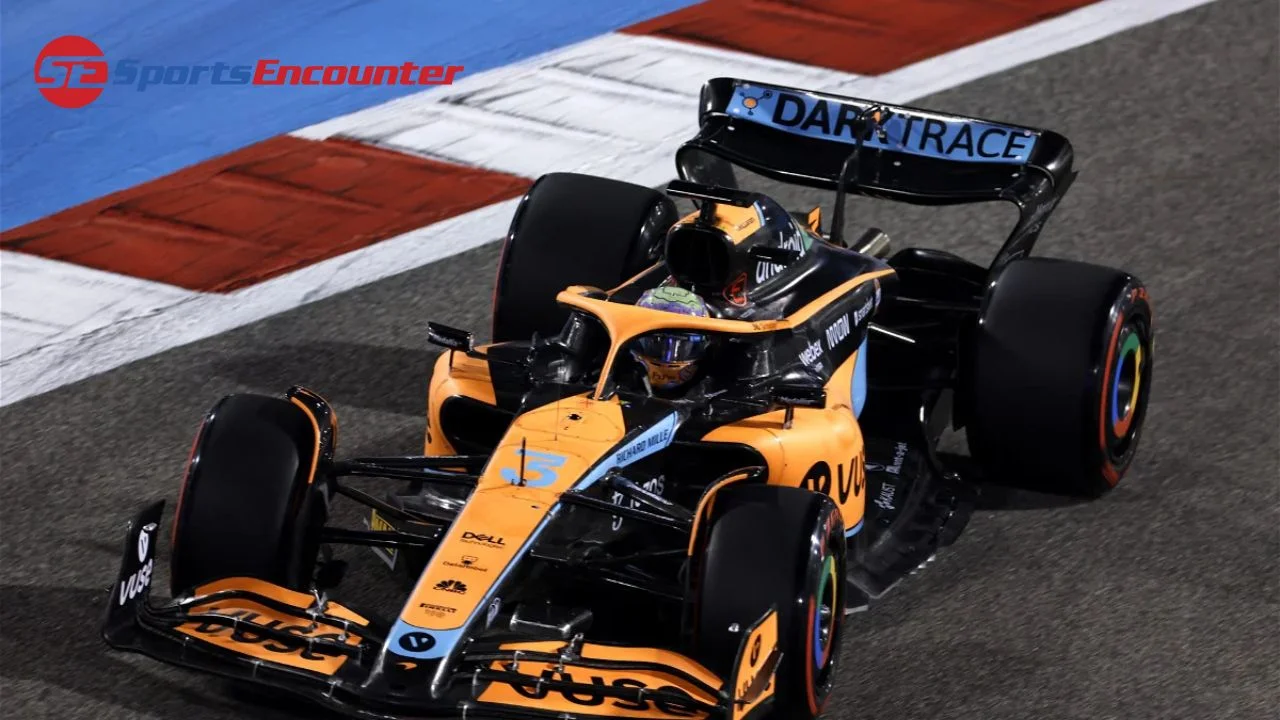In the high-octane world of Formula 1, where every millisecond counts, teams are continually seeking ways to shave off precious time and gain a competitive edge. One such innovative approach that has become increasingly popular is the reduction of paint used on F1 cars. This strategy, which might seem minor to the uninitiated, plays a significant role in the performance dynamics of these speed machines.

The Evolution of F1 Car Aesthetics
For decades, the Formula 1 grid has been a kaleidoscope of vibrant liveries and sponsor logos, each team showcasing their unique identity through their car designs. From the iconic Williams Rothman livery to the sleek Chrome livery of McLaren, these designs have not only distinguished the cars on the track but have also won the hearts of fans worldwide.

However, a noticeable shift occurred in 2023 when a leading F1 team unveiled an all-black livery, significantly reducing the use of paint and instead exposing the car’s carbon fiber. This marked the beginning of a new era in F1 car aesthetics, emphasizing minimalism and performance over colorful designs.
Why Less is More: The Shift to Exposed Carbon Fiber
The rationale behind using less paint and exposing more of the car’s carbon fiber is twofold: weight reduction and performance optimization. Carbon fiber, known for its strength and lightweight properties, provides a crucial advantage in a sport where every gram matters. By reducing the amount of paint, teams can decrease the overall weight of the car, albeit slightly, which can translate into faster lap times.
🔵 THE 2024 ALPINE A524 🔵
DISLIKED ALPINE'S BLUE/PINK LIVERY YET WAS DISTINCTIVE, ‘24 ONE IS TERRIBLE AS TOO BARE SINCE TAKEN TO EXTREME USING LESS PAINT SO SAVES WEIGHT!!!!!! 😒😒😒⚫️😒😒😒#AlpineA524 #Alpine #A524 #PierreGasly #Gasly #EstebanOcon #Ocon #Formula1 #F12024 #F1 pic.twitter.com/oVUt0iB2Tm
— Umar Cheema (@UmaronCars) February 8, 2024
Mercedes, the pioneer of this trend, stated their primary focus was on maximizing the performance of their car, rather than its appearance. This philosophy quickly gained traction, with more teams adopting a similar approach for the 2024 season. The result is a grid that leans towards a darker, more uniform look, raising mixed feelings among fans regarding the visual appeal of the cars.
The Technical Side: Vinyl Wraps Over Paint
Interestingly, the move towards minimalism does not mean the complete absence of color or branding. Instead of traditional paint, F1 teams now rely on vinyl wraps, which offer a lightweight alternative for adding colors and sponsors’ logos. This method not only reduces weight but also allows for greater flexibility and precision in design.
Vinyl wrapping involves detailed planning and execution, with each part of the car being individually wrapped before assembly. This process, while labor-intensive, ensures that the wrap perfectly conforms to the car’s aerodynamic profile, minimizing any potential impact on performance.

The Impact and Future Trends
The shift to less paint and more exposed carbon fiber is not without its controversies. Some argue that this trend leads to a lack of diversity in the grid’s appearance, potentially diminishing the visual spectacle that has been a hallmark of Formula 1. However, the marginal gains in speed and performance cannot be overlooked, especially in a sport as competitive as Formula 1.
As the budget cap tightens and teams look for every possible advantage, it’s likely that we will see more innovations aimed at reducing weight and optimizing performance. The question of balancing aesthetic appeal with technological advancement remains a topic of debate among fans and stakeholders alike.
In conclusion, the evolution of F1 car designs towards less paint and more exposed carbon fiber is a testament to the relentless pursuit of speed and efficiency in the world of Formula 1. As teams continue to innovate within the constraints of the sport’s regulations, the future of F1 car aesthetics will undoubtedly be as dynamic and fascinating as the races themselves.

